Just mammals - RNR 3018 Spring 2024
1/16
Earn XP
Name | Mastery | Learn | Test | Matching | Spaced |
|---|
No study sessions yet.
17 Terms
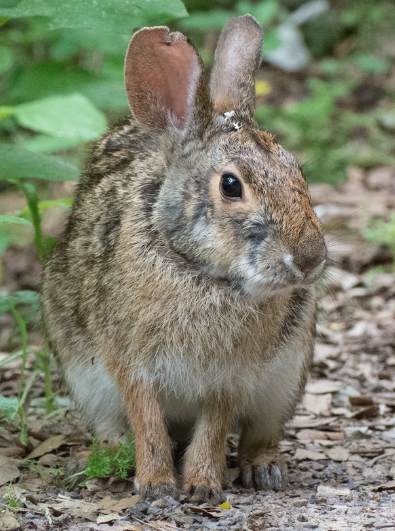
Swamp Rabbit, Sylvilagus aquaticus - is the largest of the cottontail species, although its ears are smaller than those of other cottontails. Males are slightly larger than females. The head and back are typically dark or rusty brown or black, while the throat, ventral surface, and tail are white, and there is a cinnamon-colored ring around the eye. Their sides, rump, tail and feet are much more brownish, along with a pinkish-cinnamon eye-ring, as opposed to the whitish eye-ring in eastern cottontails.
Swamp rabbits mainly live close to lowland water, often in cypress swamps, marshland, floodplain, and river tributaries. Swamp rabbits spend much of their time in depressions which they dig in tall grass or leaves, providing cover while they wait until the nighttime to forage.
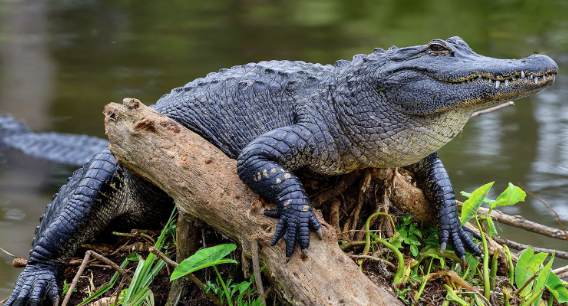
American Alligator, Alligator mississippiensis - It’s a fucking alligator dude. Say no more. If you’re from the south, you know what they eat and you know where they live.
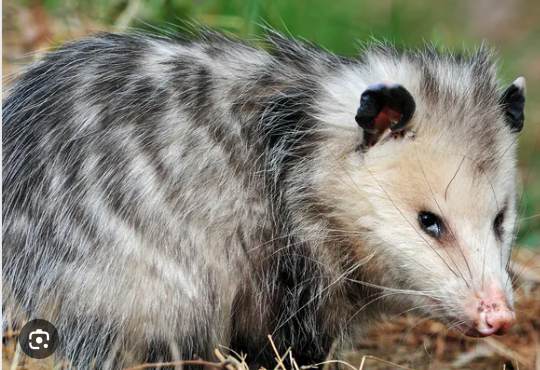
Virginia Opossum, Didelphis virginiana - They frequently inhabit settled areas near food sources like trash cans, pet food, compost piles, gardens or housemice.
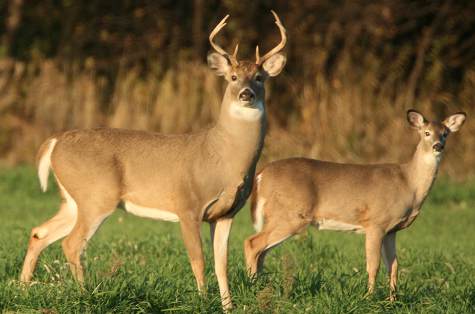
White-tailed Deer, Odocoileus virginianus - The white-tailed deer's coat is a reddish-brown in the spring and summer, and turns to a grey-brown throughout the fall and winter. The white-tailed deer can be recognized by the characteristic white underside to its tail. It raises its tail when it is alarmed to warn the predator that it has been detected.
White-tailed deer are generalists and can adapt to a wide variety of habitats. The largest deer occur in the temperate regions of North America.
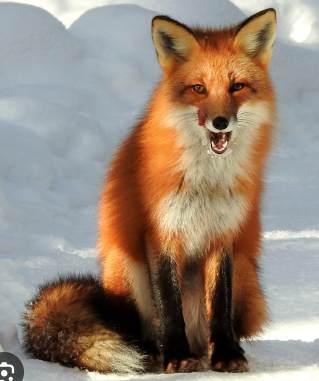
Red Fox, Vulpes vulpes -
The red fox is a wide-ranging species. Its range covers nearly 70,000,000 km2 (27,000,000 sq mi) including as far north as the Arctic Circle. It occurs all across Europe, in Africa north of the Sahara Desert, throughout Asia apart from extreme Southeast Asia, and across North America apart from most of the southwestern United States and Mexico.
https://en.wikipedia.org/wiki/Red_fox# omg there’s so much about just Red Foxes
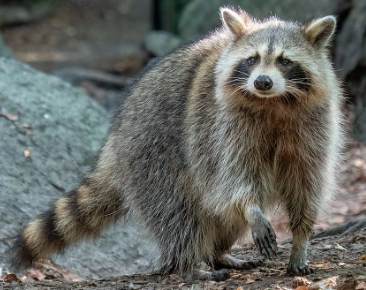
Common Raccoon, Procyon lotor - 🎶Procyon lotor🎶Although they have thrived in sparsely wooded areas in the last decades, raccoons depend on vertical structures to climb when they feel threatened. Therefore, they avoid open terrain and areas with high concentrations of beech trees, as beech bark is too smooth to climb.
Since amphibians, crustaceans, and other animals around the shore of lakes and rivers are an important part of the raccoon's diet, lowland deciduous or mixed forests abundant with water and marshes sustain the highest population densities.
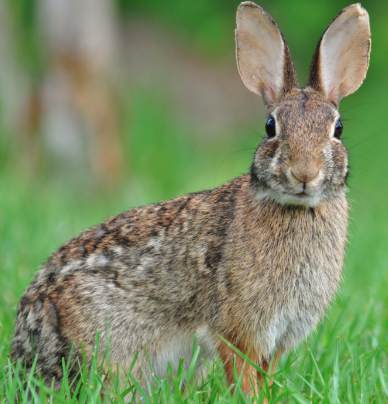
Eastern Cottontail, Sylvilagus floridanus - Optimal eastern cottontail habitat includes open grassy areas, clearings, and old fields supporting abundant green grasses and herbs, with shrubs in the area or edges for cover.
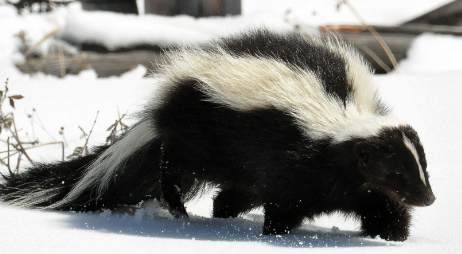
Striped Skunk, Mephitis mephitis - The striped skunk is a stoutly-built, short-limbed animal with a small, conical head and a long, heavily furred tail. Adult males are 10% larger than females, with both sexes measuring between 52–77 centimeters (20–30 in) in total body length and usually weighing 1.8–4.5 kg (4.0–9.9 lb), though some may weigh 5.5 kg (12 lb). The feet are plantigrade with bare soles, and are not as broad or flat as those of hog-nosed skunks. The forefeet are armed with five long, curved claws adapted for digging, while those on the hind feet are shorter and straighter.
The striped skunk inhabits a wide variety of habitats, particularly mixed woodlands, brushy corners and open fields interspersed with wooded ravines and rocky outcrops. Some populations, particularly in northwestern Illinois, prefer cultivated areas over uncultivated ones.
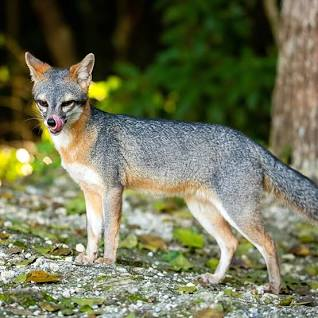
Order Carnivora, Family Canidea
Common Gray Fox, Urocyon cinereoargenteus - The species prefers a mix of wooded and agricultural land in the Midwest, juniper forests as well as ponderosa pine in the west, and deciduous forests in the east.[26] It is the only canid whose natural range spans both North and South America.[27] In some areas, high population densities exist near brush-covered bluffs.
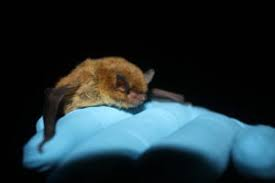
Order Chiroptera (bats), Vespertilionidae (vesper bats),
Southeastern Myotis (Bat), Myotis austroriparius, - Bottomland hardwood forests are facets of southeastern myotis ecology. This species roosts and forages near water. Bottomland hardwood forests typically contain bald cypress and water tupelo which are common roosting trees of bottomland bats. Suitable habitats consist of trees of sufficient size and maturity sufficient for tree cavities to form.

Order Carnivora (carnivores), Family Mustelidae (weasels, badgers and otters),
American Mink, Neovison vison - Most territories are in undisturbed, rocky coastal habitats with broad littoral zones and dense cover. Some are on estuaries, rivers and canals near urban areas. American mink is not fussy about its choice of den. Mink dens typically consist of long burrows in river banks, holes under logs, tree stumps, or roots and hollow trees, though dens located in rock crevices, drains, and nooks under stone piles and bridges are occasionally selected.
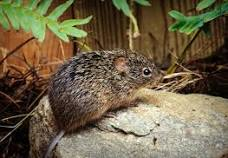
Order Rodentia, Family Cricetidae (New World rats and mice),
Hispid Cotton Rat. Sigmodon hispidus,

Order Rodentia (rodents), Family Cricetidae (New World rats and mice),
Peromyscus leucopus, White-footed Mouse
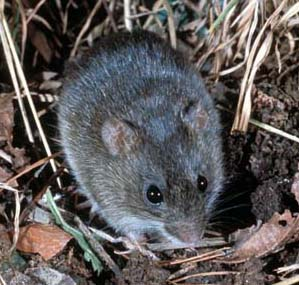
Order Rodentia (rodents), Family Cricetidae (New World rats and mice),
Oryzomys texensis, Texas Marsh Rice Rat - a semiaquatic North American rodent. It usually occurs in wetland habitats, such as swamps and salt marshes.
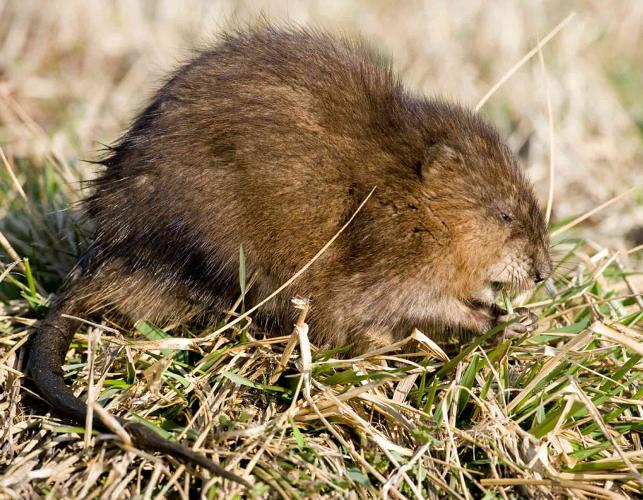
Order Rodentia (rodents), Family Cricetidae (New World rats and mice),
Ondatra zibethicus, Common Muskrat

Order Carnivora, Family Felidae,
Bobcat, Lynx rufus
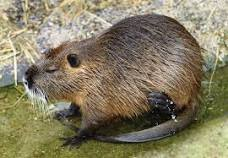
Order Rodentia, Family Echimyidae (Neotropical spiny rats),
Nutria (or Coypu), Myocastor coypus